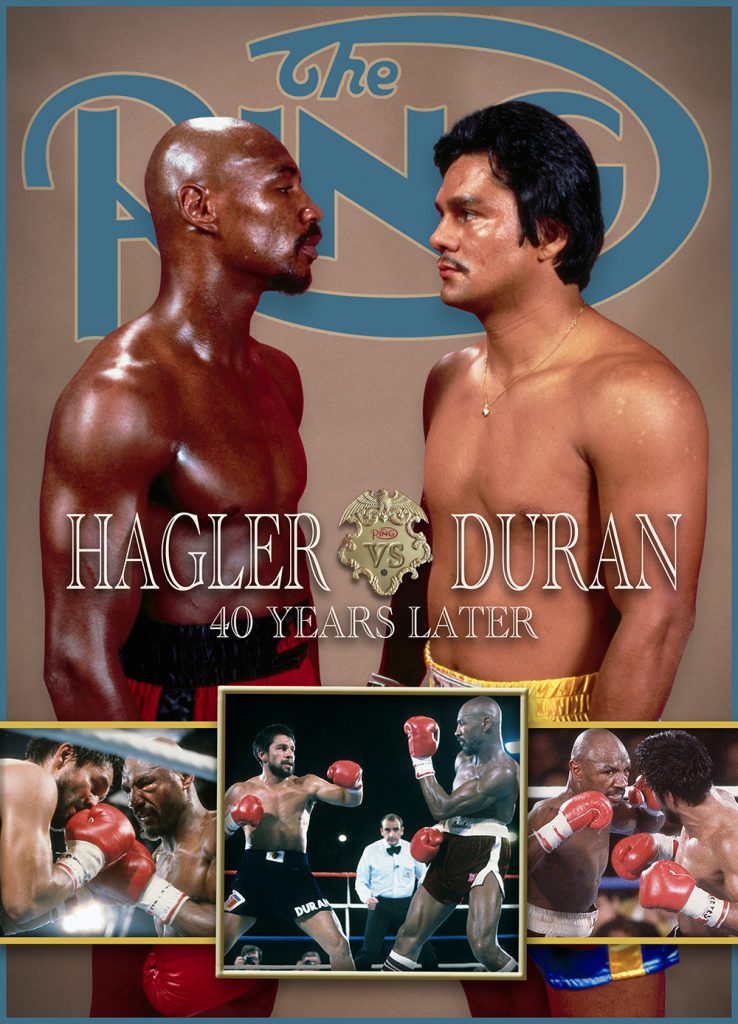Best I Faced: Koki Kameda
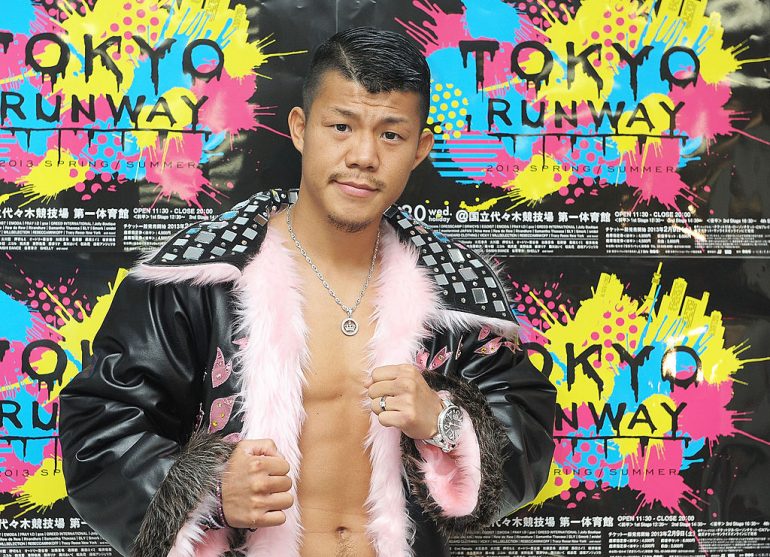
From a young age, Koki Kameda was anointed as a future world champion. He made good on that promise by winning major world titles at junior flyweight, flyweight and bantamweight in the mid-2000s-early-2010s.
Kameda, the oldest of four children, was born in Osaka, Japan on November 17, 1986.
“We were not a wealthy family,” Kameda told The Ring through Yamane Chisa. “But on days off my father would take me and my two younger brothers to various places with our friends. I was very small and was so shy that I was too embarrassed to talk to even my relatives.”
His father, Shiro, wanted his children to learn how to defend themselves and Koki was quickly introduced to Kombat sports.
“I started karate when I was 4 years old,” he revealed. “I started boxing when I was 11 in 6th grade. Right after that [my brothers, Daiki and Tomoki] started.
“A documentary was broadcast on TV, about us as the boxing family which made us famous throughout Japan. Another factor that made me famous was that my big-mouthed statements and performances that intimidated opponents were widely covered in newspapers and on TV from my professional debut. I was taught to do so by my father for marketing purposes despite the fact that I was really shy.”
Kameda finished school at 15 and after going 17-1 as an amateur, he turned professional as soon as he was able to receive his license at 17.
Such was his popularity; Kameda was able to make an eye-opening amount for his debut against unknown Thai fighter Dennarong Sithsoba in December 2003.
“¥10M Yen [$66,000 USD] – incredible,” he said. “That was 10-times what a Japanese [national] champion would make. I was very famous then.”
Kameda, who should be credited with being a key component in kicking off something of a golden era in Japanese boxing, was keen to give credit to the person who helped make him who he is.
“My father was a trainer, that was a first in Japan because usually it’s a gym and there’s a trainer,” he explained. “Now look Inoue, Shigeoka, they devoted to their child. My father was the first one.”
In his seventh fight, Kameda made a statement by stopping faded former unified junior flyweight titlist Saman Sorjaturong (KO 1). That was followed claiming the OPBF 108-pound title. A few more international contests followed, he notably stopped former strawweight titlist Noel Arambulet (RTD 7) which helped him gain valuable experience.
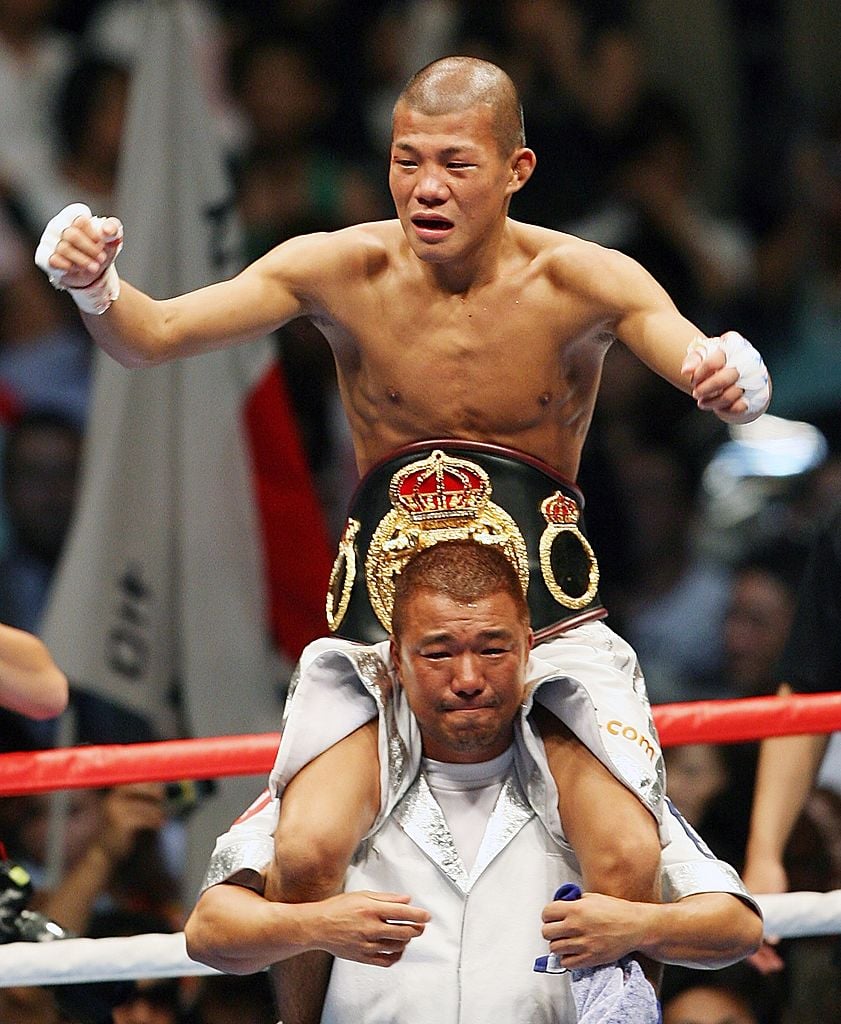
On the shoulders of his father, Koki Kameda celebrates winning his first world title from Juan Jose Landaeta at Yokohama Arena August 2, 2006 in Yokohama, Japan. (Photo by Koichi Kamoshida/Getty Images)
When Roberto Vasquez vacated his WBA 108-pound title Kameda was matched with the more experienced Juan Landaeta to fill the vacancy in Yokohama in August 2006.
“After I got knocked down in the first round I couldn’t remember and when I realized it was already the tenth round,” said Kameda, who won a 12-round split decision and made a career high payday of $660,000.
“I wanted to become a champion when I was in my teens and I became champion when I was 19, so I was very happy but at the same time I could not really celebrate because in the game of boxing after you finish one fight, although you accomplish what you aim for, you also look for the future. It was never a 100 percent celebration when I was active.”
Due to the closeness of their first encounter the pair rematched in Tokyo, four months later. This time there was no doubt who won.
“I didn’t think the opponent was better than me, I always thought I was better,” explained Kameda, who won a 12-round unanimous decision. “He was strong but now I had experience fighting him, I made a different strategy and fought differently to win.”
Weight issues meant Kameda vacated and moved up to flyweight in search of more championship hardware. Several fights followed over the next couple of years, including two in Mexico.
All the while, Kameda yearned another world title opportunity. His chances were hindered when younger sibling Daiki fought a dirty fight, using his elbow and body slamming the defending WBC flyweight titleholder Daisuke Naito. Things became even more ugly when their father was believed to have encouraged the tactics.
“My brother fought Naito and he got in trouble, there was so much negative things dumped on my family,” he recalled. “Even at the press conference, I had to start by apologizing. It was on the news, all the TV stations covered it; 80 percent of people in Japan watched the broadcast”
Kameda got his wish to face Naito in Saitama, Japan in November 2009.
“The pressure was tremendous, I really had to win,” he said. “I was not only fighting for the (WBC) title, I had all my family on my shoulders. It was very difficult until the moment to stay calm and focus on the fight. That was a memorable fight.”
In that moment, he dealt with the pressure and built and early lead and was able to hold off a late charge from the defending champion to become the WBC flyweight beltholder.
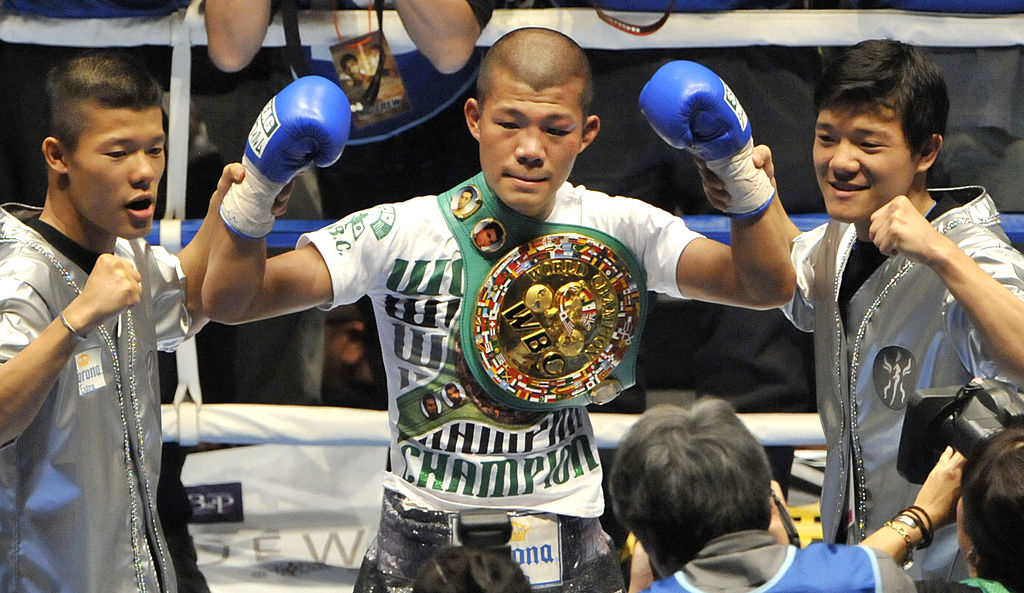
Koki Kameda (center) celebrates his victory over Daisuke Naito with his brothers. (Photo by KAZUHIRO NOGI/AFP via Getty Images)
The first order of business was to face former long-time champion and current Interim titlist Pongsaklek Wongjongkam. The fight was seen as a changing of the guard fight. Kameda was expected to win and mark himself out as the class of the division. It was also for the vacant Ring championship.
“That’s a moment I’ll never forget in my life. Pongsaklek beat me to become The Ring magazine champion,” said Kameda, who lost a spirited 12-round decision to the Thai legend. “I wanted to be the champion of The Ring magazine. It’s not like the ranking of the sanctioning bodies because The Ring magazine looks at all the fighters in the division. I thought if I won, I’d be champion. That was the biggest disappointment I had in my life.
“Pongsaklek, if you look at all the flyweights, he would be No. 3 of all-time. I’m glad I got the chance to fight him.”
After one comeback fight at junior bantamweight, Kameda jumped to bantamweight and met Alexander Muñoz for the vacant WBA title after Anselmo Moreno was upgraded to super champion.
“That was a first ever in Japan, so I was very happy,” said Kameda, who put an exclamation point on the decision victory with a last round knockdown. “When I started boxing, I made a plan to become champion when I was in my teens and three-weight world champion before I was 25 and I became three-weight world champion when I was 24.”
The polarizing figure went on to tally eight successful defenses over the next couple of years, most notably besting the much bigger future WBC junior featherweight titlist Hugo Ruiz (SD 12).
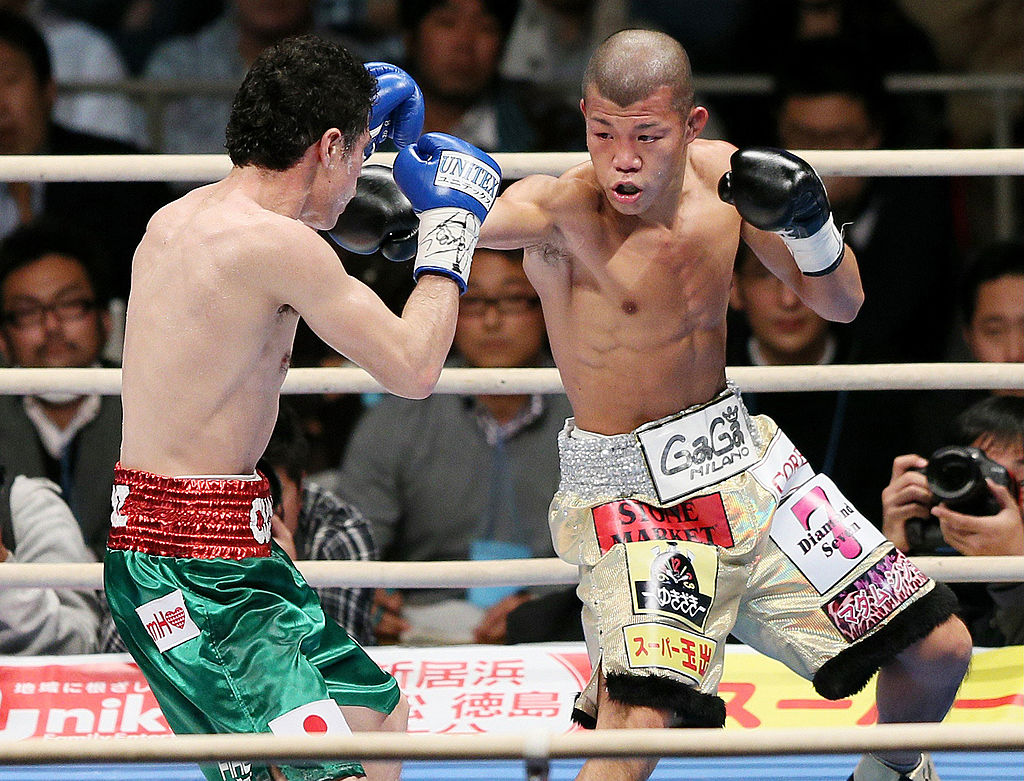
Koki Kameda jabs Hugo Ruiz during their WBA bantamweight title match in Osaka, Japan on December 4, 2012. (Photo: STR/AFP via Getty Images)
He decided to try to add a fourth division title to his collection by dropping down to 115-pounds but came up short against compatriot Kohei Kono in Chicago, in October 2015.
“It was a difficult bout,” he said. “The referee did a good job but I [was dropped in Round 2 and] got two points taken for low blows [in Round 3], so it was very difficult. I didn’t think they were that low, but I couldn’t go with the body shots because then I’d be disqualified.”
Kameda (33-2, 18 knockouts) was only 28 years old but never fought again.
“I wanted to continue but the JBC abandoned us because of the license, and we went to sue them, eventually we won, it went all the way to the supreme court, and I got my license back,” he explained. “It took me 10-years and then my feeling was I don’t want any boxer to go through this. Then Covid happened and there was a decreased number of boxers and I wanted to do something about it. That’s why I created a promotional company to be fair. I also want to raise the purse of the boxers.”
Kameda, now 37, is married and has five sons. He lives in Osaka, Japan, where is now a promoter for the emerging 3150 Fight Promotions and includes Yudai and Ginjiro Shiegoka, who are reigning strawweight world champions amongst his burgeoning stable.
He graciously took time to speak to The Ring about the best he fought in 10 key categories.
BEST JAB
Pongsaklek Wonjongkam: “He was a southpaw, and it was southpaw versus southpaw. Pongsaklek had a long career, a lot of experience, so he’s very good with his positioning. Before I noticed the jab hit me. It’s not because of the speed, it’s timing. He’s got many different types of jabs, I think that came with experience and that was very difficult for me to fight.”
BEST DEFENSE
Wonjongkam: “I was never able to get a clean hit on Pongsaklek.”
BEST FOOTWORK
Noel Arumbulet: “He was hard to hit and I couldn’t land a clean hit [because of his movement.]”
BEST HANDSPEED
Wonjongkam: “Nobody really stood out but of my opponents. I think Pongsaklek because I got hit with the most punches from him.”
SMARTEST
Wonjongkam: “Pongsaklek, he had a lot of experience, so it would be him.”
STRONGEST
Hugo Ruiz: “He was bigger and he was taller. I moved up [to bantamweight] and he was much bigger.”
BEST CHIN
Wonjongkam: “Everyone I couldn’t KO had a good chin (laughs) but again I’d go Pongsaklek. He did not go down although I hit him good.”
BEST PUNCHER
Ruiz: “He was much bigger than me. I had to be smart and went for the point and not trade with him.”
BEST BOXING SKILLS
Wonjongkam: “He had so much variety of everything because of his career. He knew how to fight.”
BEST OVERALL
Wonjongkam: “He was good all-around and also he beat me!”
Questions and/or comments can be sent to Anson at [email protected].
SUBSCRIBE NOW (CLICK HERE - JUST $1.99 PER MONTH) TO READ THE LATEST ISSUE
